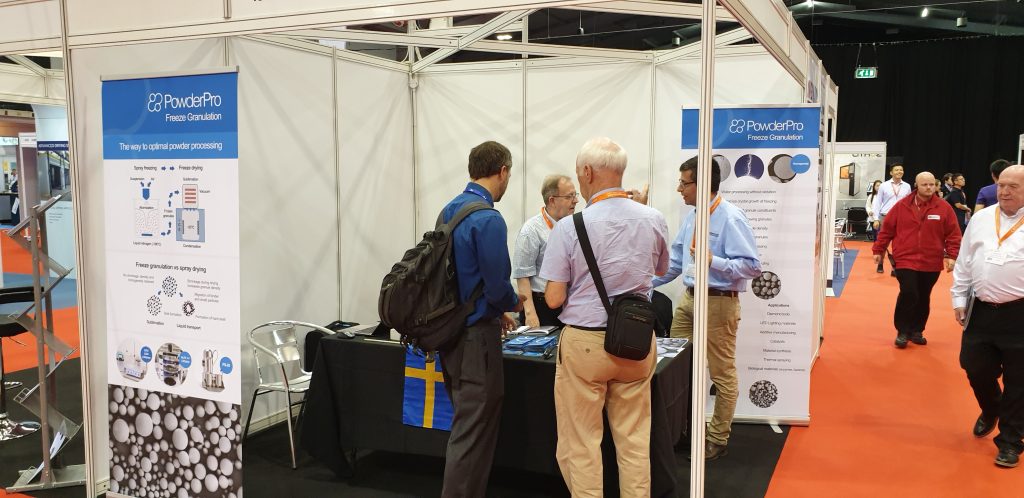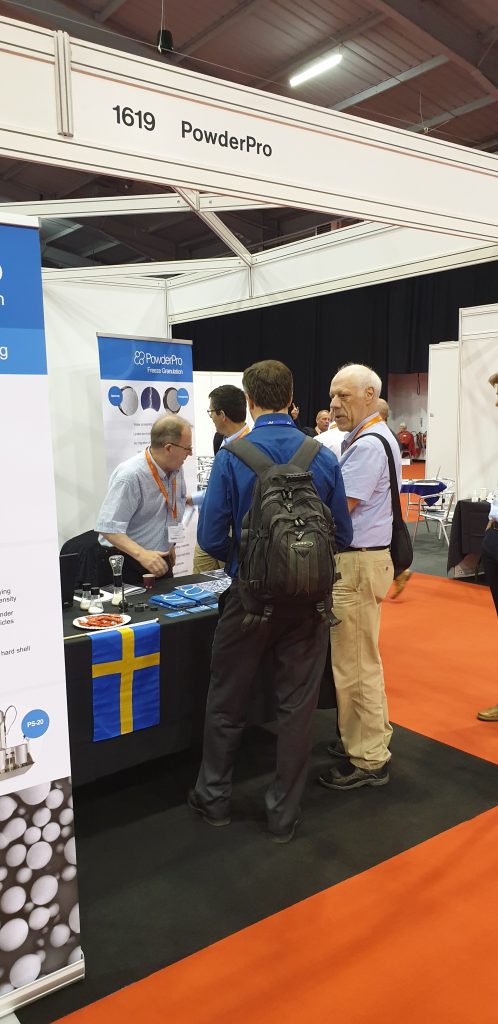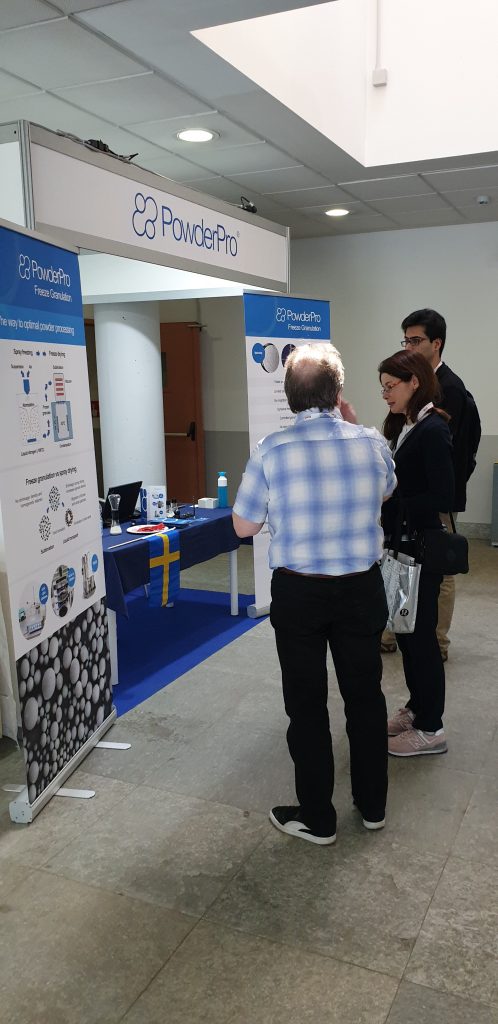Brunaugh AD, Wu T, Kanapuram SR, Smyth HDC
Abstract
Pulmonary delivery of biopharmaceuticals may enable targeted local therapeutic effect and noninvasive systemic administration. Dry powder inhaler (DPI) delivery is an established patient-friendly approach for delivering large molecules to the lungs; however, the complexities of balancing protein stability with aerosol performance require that the design space of biopharmaceutical DPI formulations is rigorously explored. Utilizing four rationally selected formulations obtained using identical atomization conditions, an extensive study of the effect of the particle formation process (spray drying or spray freeze-drying) on powder properties, aerosol performance, and protein stability was performed. Multiple linear regression analysis was used to understand the relationship between powder properties, device dispersion mechanism, and aerosol performance. Spray drying and spray freeze-drying, despite the same spraying conditions, produced powders with vastly different physical characteristics, though similar aerosol performance. The resulting regression model points to the significance of particle size, density, and surface properties on the resulting aerosol performance, with these factors weighing differently according to the device dispersion mechanism utilized (shear-based or impaction-based). The physical properties of the produced spray dried and spray freeze-dried powders have differing implications for long-term stability, which will be explored extensively in a future study.
Keywords
Biopharmaceutical; dispersibility; particle engineering; pulmonary drug delivery; spray drying; spray freeze-drying






